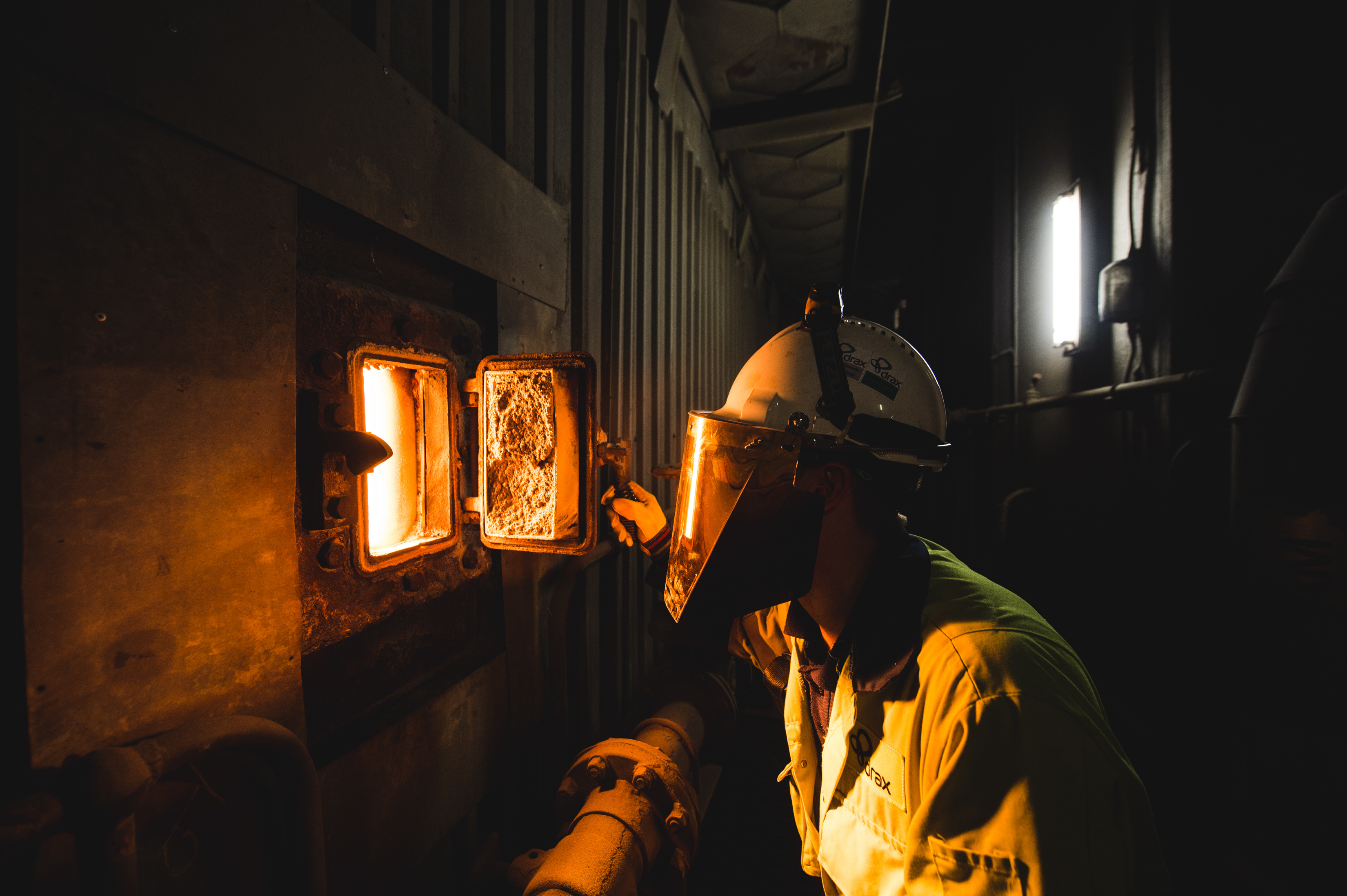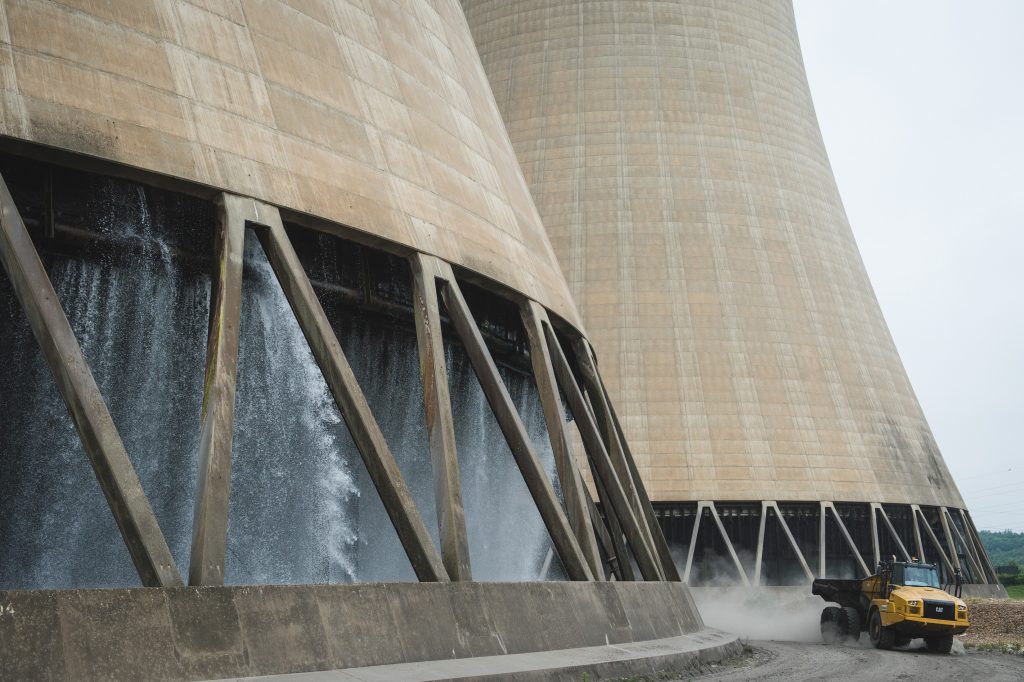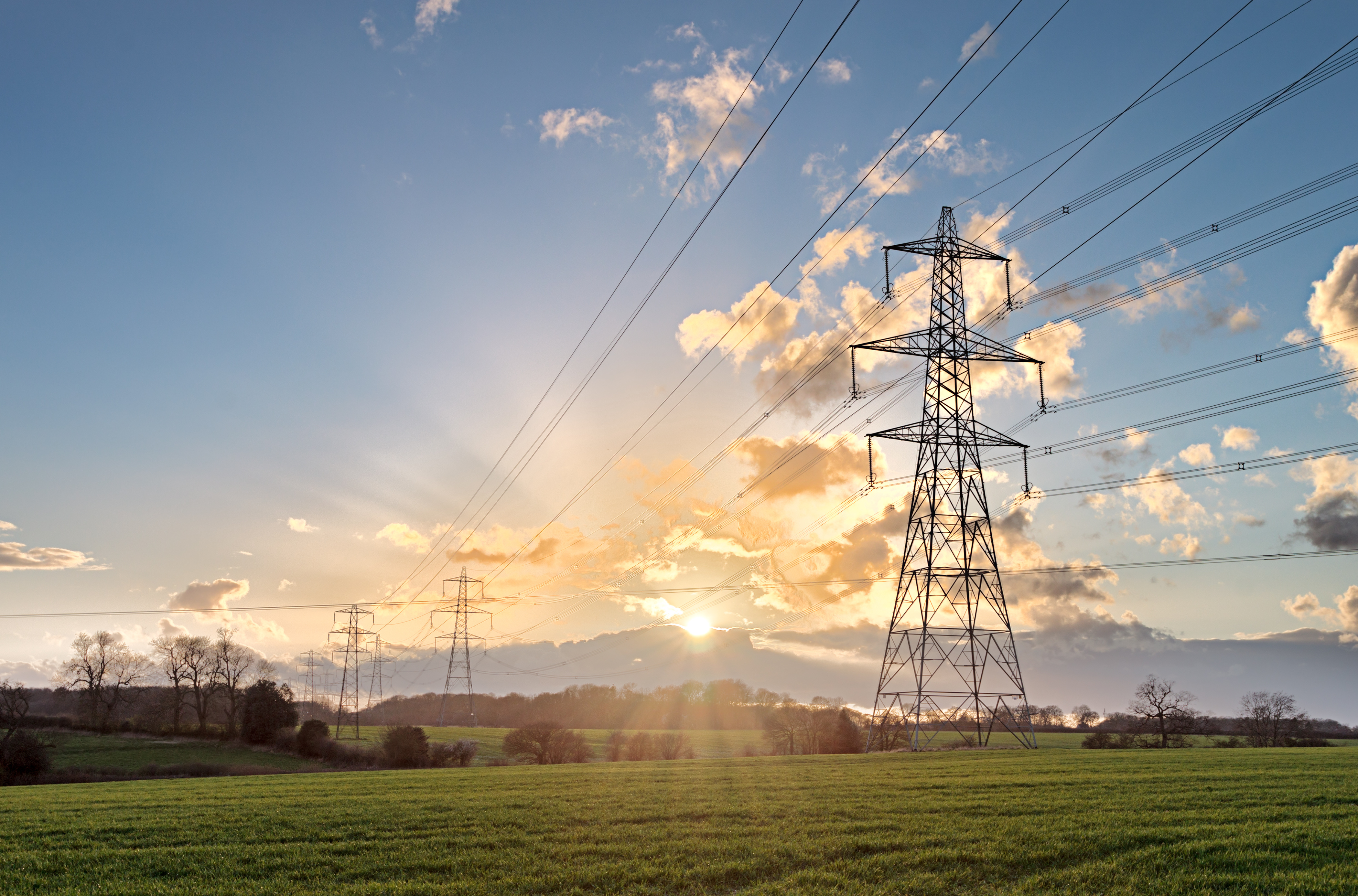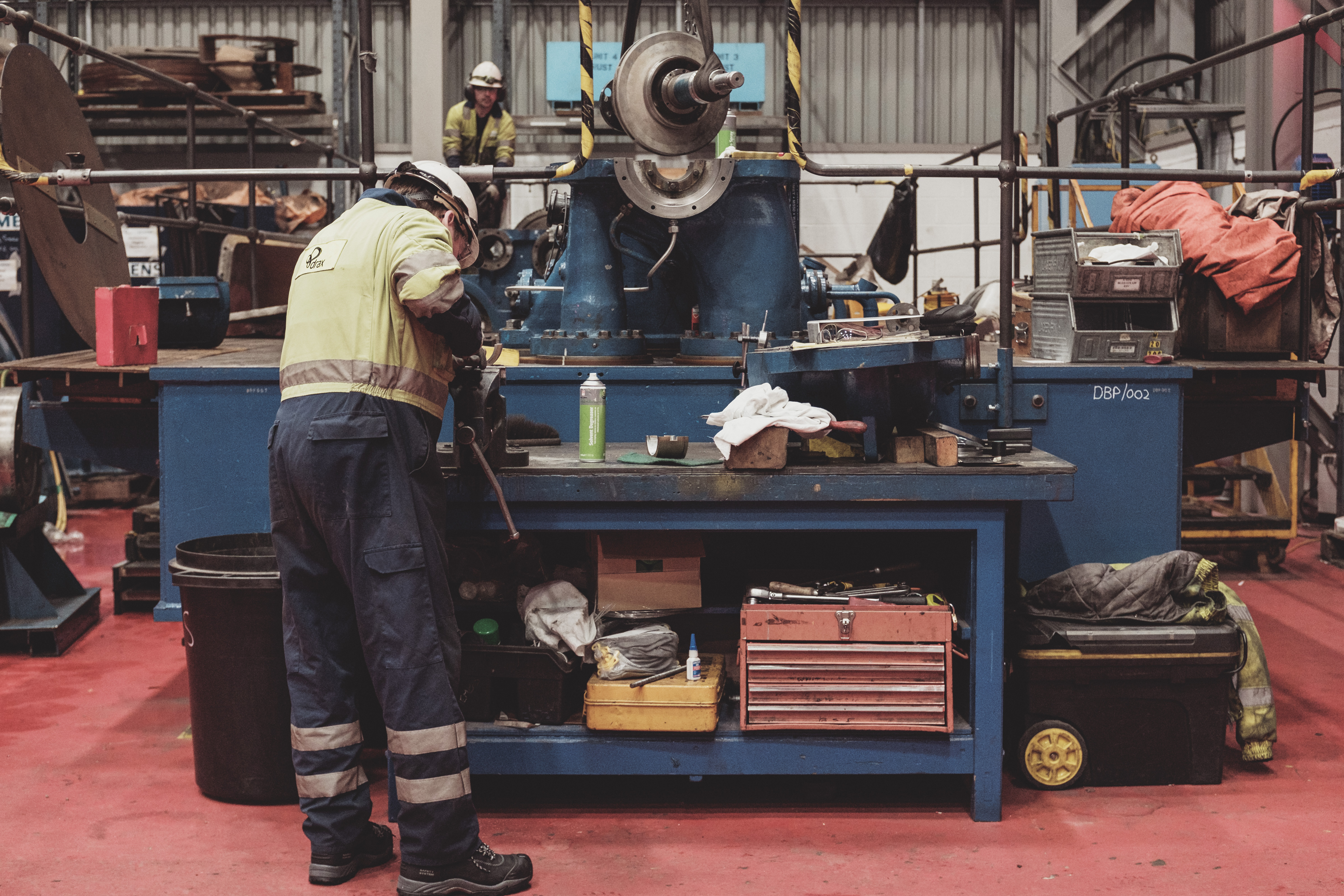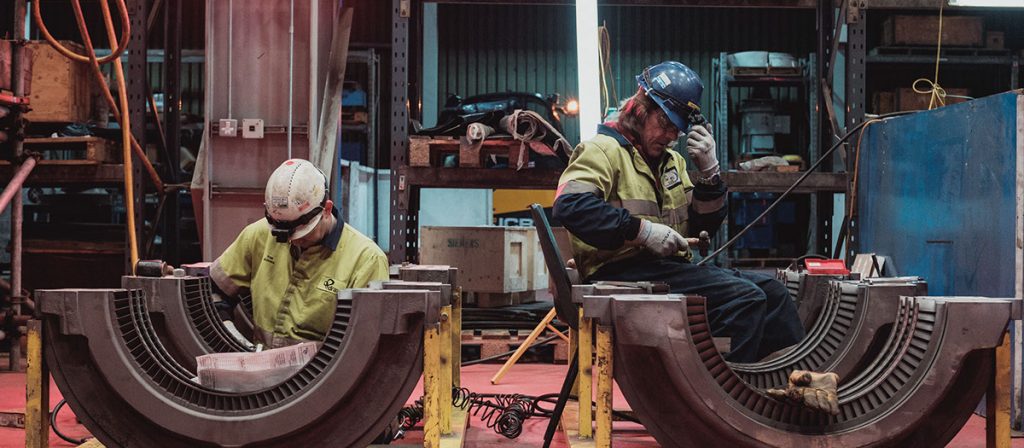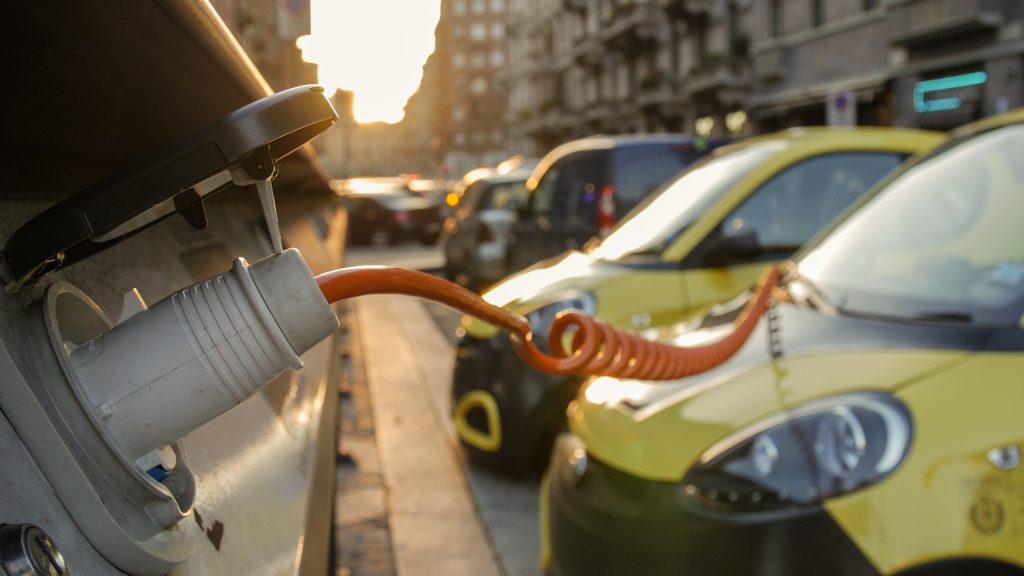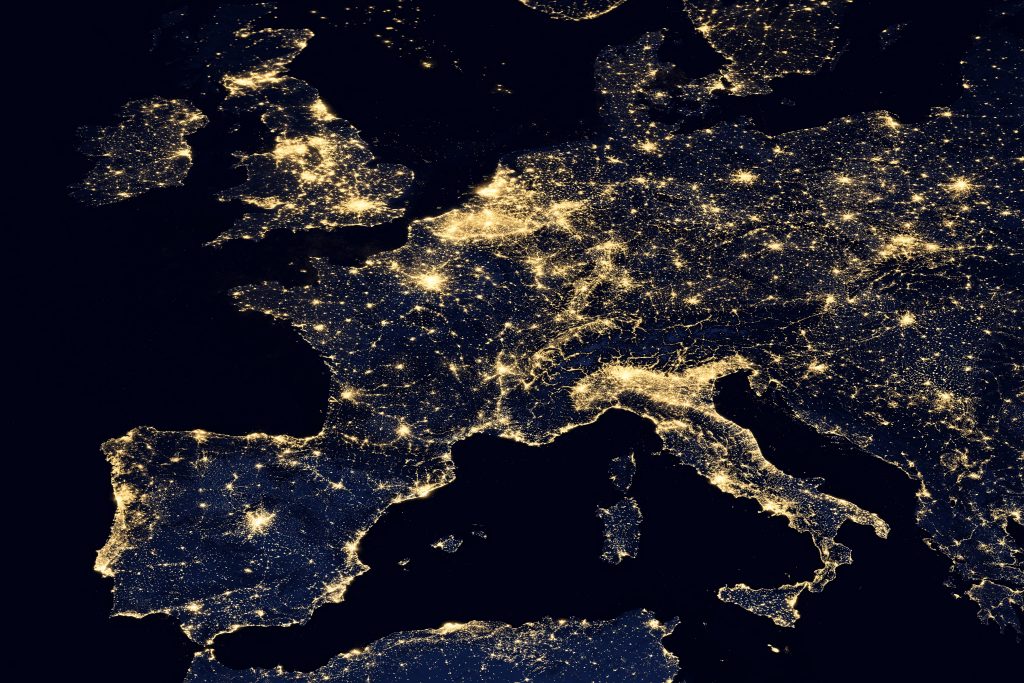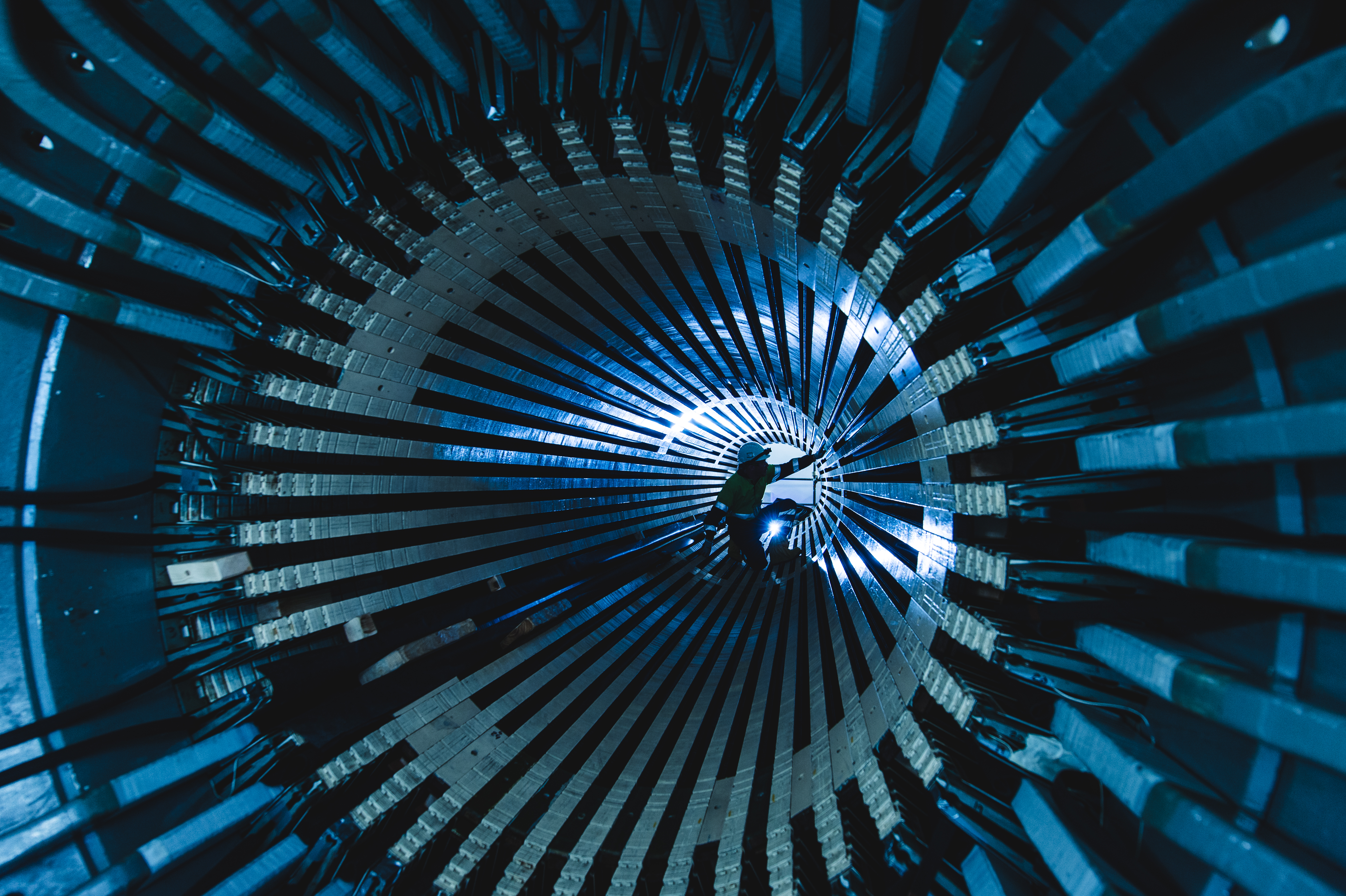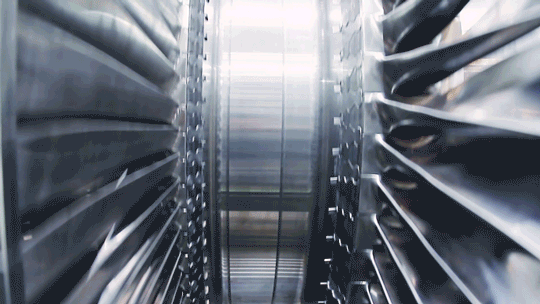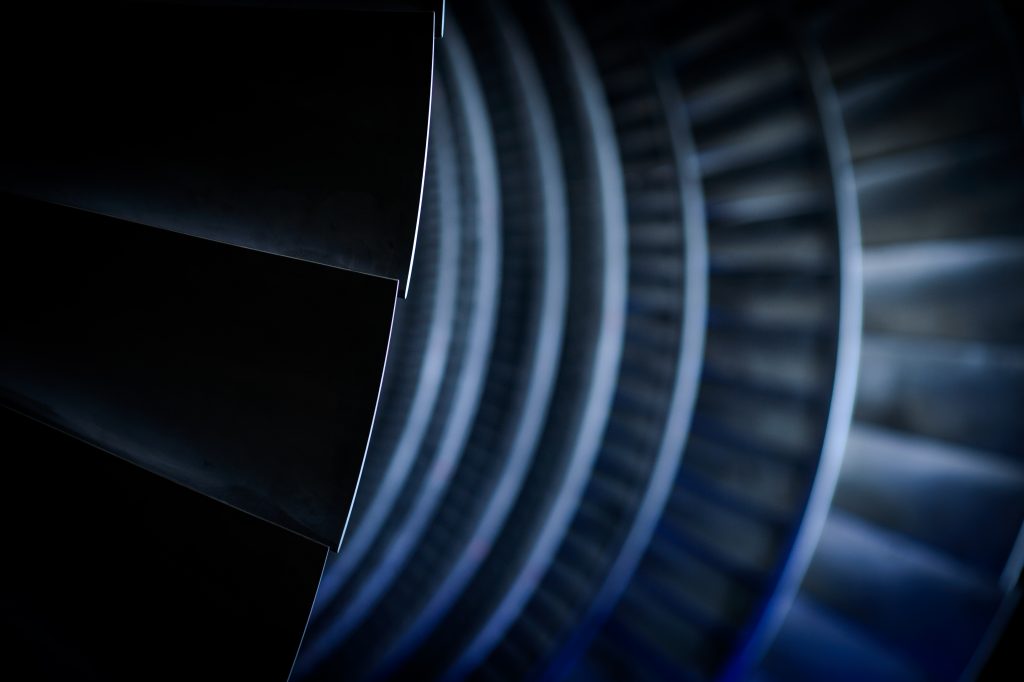
What a difference four years can make. Back in 2012 the carbon intensity of Great Britain’s electricity production was almost 600g per kWh (kilowatt hour). Jump forward to 2016 and this has halved to make Britain one of the least carbon-intense power systems in the world.
This good news comes from Electric Insights, a quarterly research paper on Britain’s power system, commissioned by Drax and written by Imperial College London academics. The latest report’s key finding is just how much Britain’s energy system has decarbonised compared to other nations.
Here is what the data from Q3 2017 tell us about Great Britain’s energy system today and how it will continue to change into the future.

Climbing the low carbon league tables
Comparing the electricity mix and carbon intensity of nations producing more than 100 TWh (terawatt hours) a year, the report has established a ‘league table’ that tracks the progress (or regress) of countries’ efforts. It shows Britain’s energy system has decarbonised at a greater pace than any other nation.
In 2012 Britain was ranked 20th, sitting mid-table alongside Italy and Saudi Arabia. But in the four years following, Britain rocketed up to become the seventh least-carbon intense energy system in the world in 2016.
The 47% drop in carbon intensity is the biggest change of any of the countries analysed, and puts Britain just behind Norway and Sweden, which have the resources to support substantial hydropower generation, as well as nuclear-dependent France.
The most any other country moved was eight places – in the opposite direction to Britain. This was the Netherlands where new coal power stations were built at a time when use of coal across England, Scotland and Wales combined reduced by around 80%. The additional coal capacity and power generated from that fuel in the Netherlands led to a dramatic increase in carbon emissions.
A major force in helping drive Britain’s rapid move away from coal is the Carbon Price Floor. This currently sits at £18 per tonne of carbon dioxide (CO2) emitted, on top of just £5 per tonne in the rest of Europe.
Read the full analysis at The low carbon electricity league table and view full chart here.
Importing problems?
Imports are making up an increasing amount of the UK’s electricity mix, and in July and August they reached an all-time high of 9%. The majority (60%) of these imports in Q3 2017 came from France, while 30% was from the Netherlands and 10% from Ireland.
However, while importing electricity from overseas has become crucial in helping meeting demand and maintaining a flexible grid, questions remain around the practice’s carbon intensity.
France generates much of its electricity from low-carbon nuclear sources, however, Irish and Dutch exports rely heavily on fossil fuels. As a result, the electricity Britain imported had a 30% higher carbon intensity than that generated domestically – 314 vs 245 g/kWh over the last 12 months.
Over the next five years 7 GW (gigawatts) of new interconnectors are planned for construction (including with France, Norway and Denmark), which could increase electricity imports to provide as much as 10-24% of the country’s electricity. As these continue to play a bigger role in our electricity mix, it is important we ensure it comes from lower-carbon sources where possible and supports the continuing decarbonisation of electricity rather than ‘exporting emissions’.
Read two articles on the topic of interconnectors in Electric Insights:
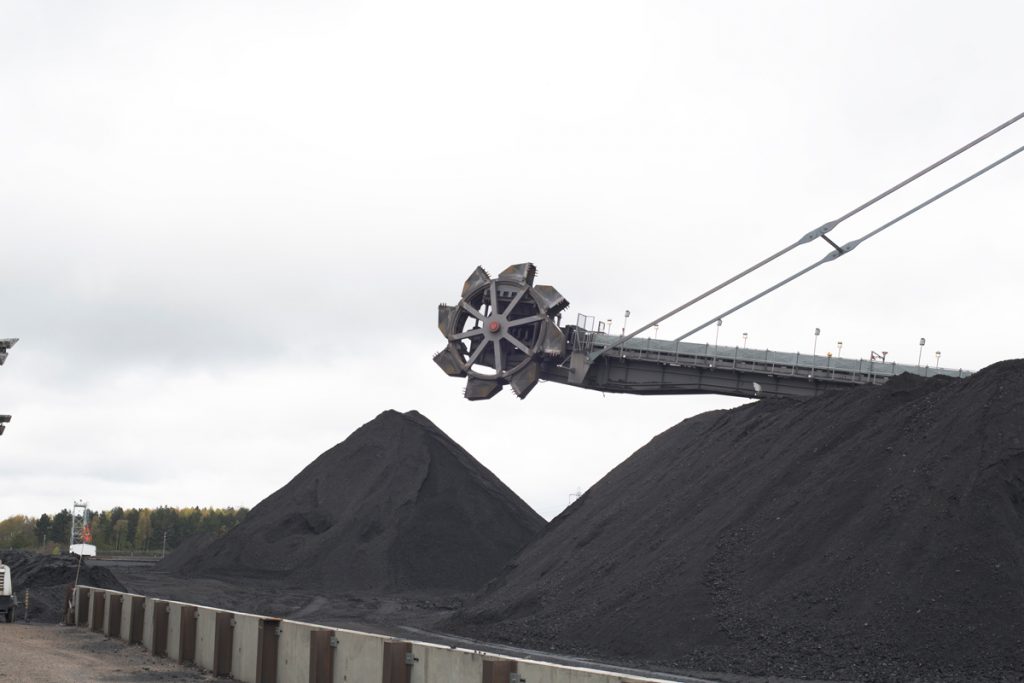
Coal firmly relegated to the bench
The nose-dive of coal generation in Britain since 2012 highlights just how out-of-favour the carbon-intensive fossil fuel has become in the energy system. Now it occupies a role solely as a backup to low-carbon and renewable sources.
Over the summer months coal generation stayed at a historic low of 1.9% of total electricity generation. Between April and August Britain’s 14 GW of installed coal stations only produced 0.6 GW in an average hour. This follows a year of milestones in the decline of coal, most notably in April, when Britain saw its first day without burning any coal since 1882.
But this is not to say it has disappeared completely. As temperatures dropped in late summer, coal was called upon to meet sudden demand. On September 19th 40% of the coal fleet was called upon to produce 5.7 GW on average across that day, showing that even as coal capacity plummets – dropping from 28 GW in 2012 to 14 GW in 2016 – it still plays a necessary role in helping meet peaks in demand.
What’s clear, however, is that this role is only growing smaller and smaller as our power system continues to decarbonise and flexible energy technologies replace it.
Read the full article here: Coal output bottoms out
Explore the data in detail by visiting ElectricInsights.co.uk
Commissioned by Drax, Electric Insights is produced independently by a team of academics from Imperial College London, led by Dr Iain Staffell and facilitated by the College’s consultancy company – Imperial Consultants.









